 16 Nov 2021
16 Nov 2021

British Bullfinches
breeding on the Continent
 16 Nov 2021
16 Nov 2021

British Bullfinches
breeding on the Continent
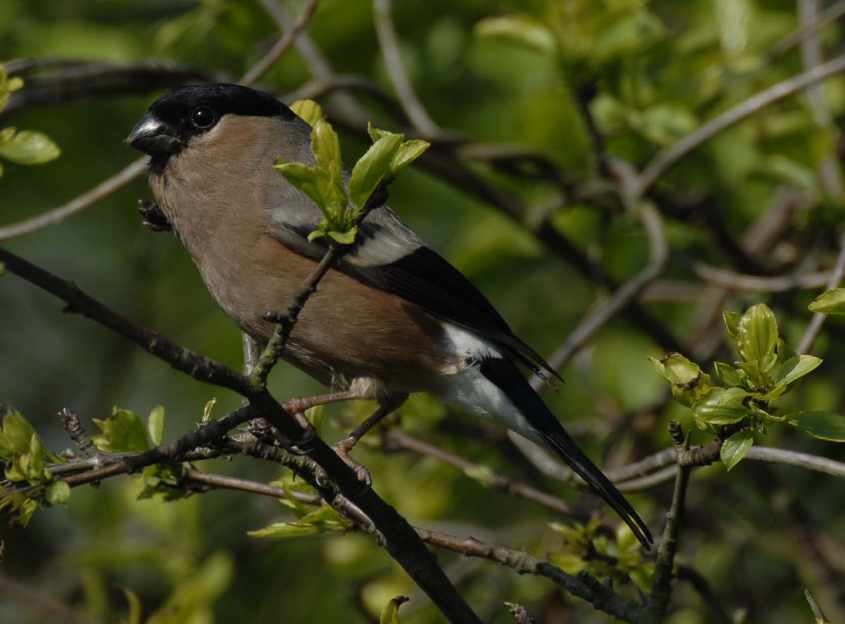
1. British Bullfinch Pyrrhula p. pileata female, 25052007, Oostvoorne, The Netherlands
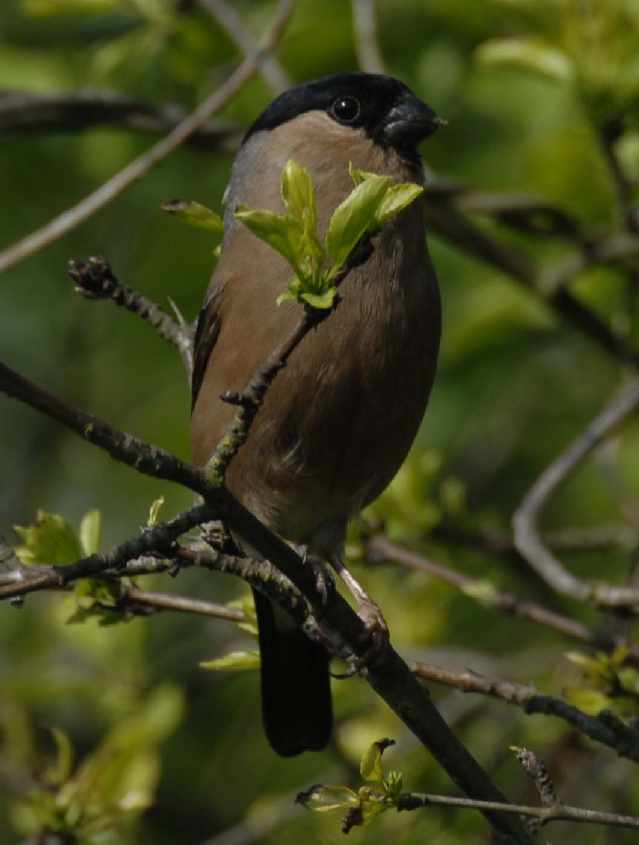
2. British Bullfinch Pyrrhula p. pileata female, 25052007, Oostvoorne, The Netherlands
![]()
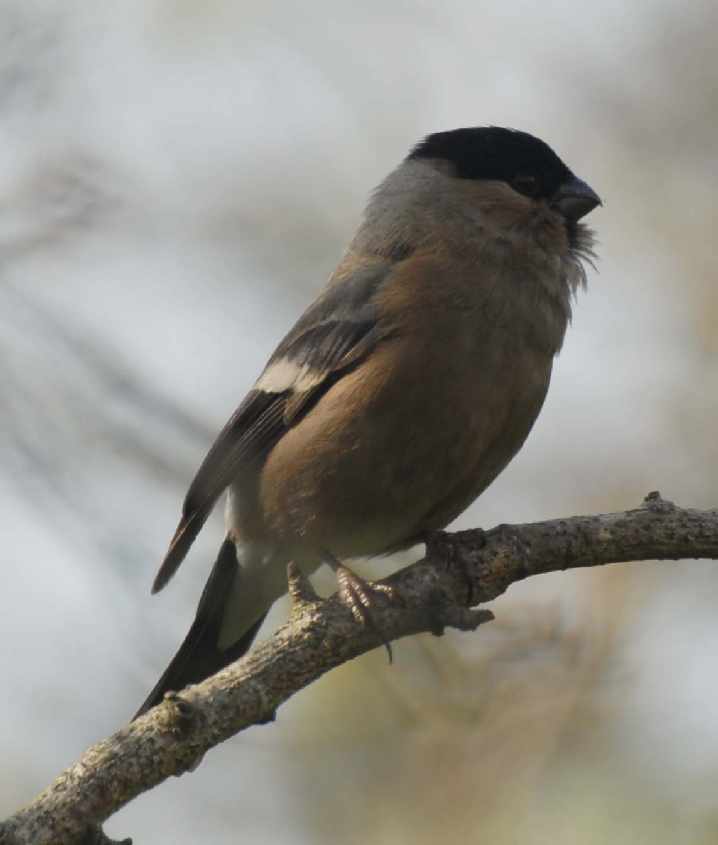
3. British Bullfinch Pyrrhula p. pileata female, 25052007, Oostvoorne, The Netherlands
![]()
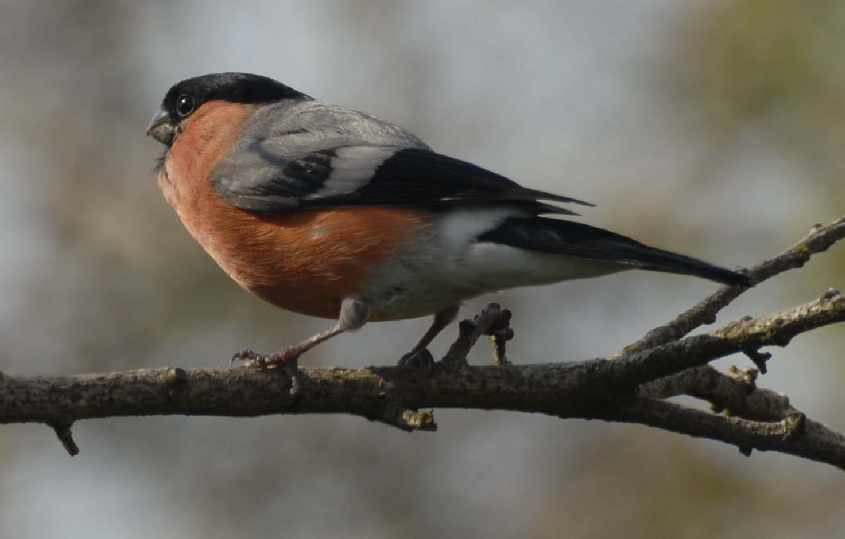
4. British Bullfinch Pyrrhula p. pileata male, 25052007, Oostvoorne, The Netherlands
![]()
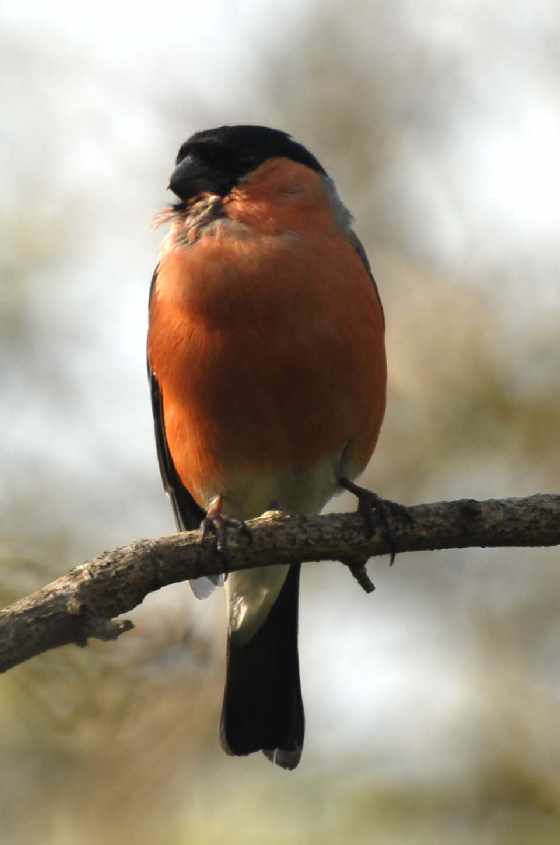
5. British Bullfinch Pyrrhula p. pileata male, 25052007, Oostvoorne, The Netherlands
![]()
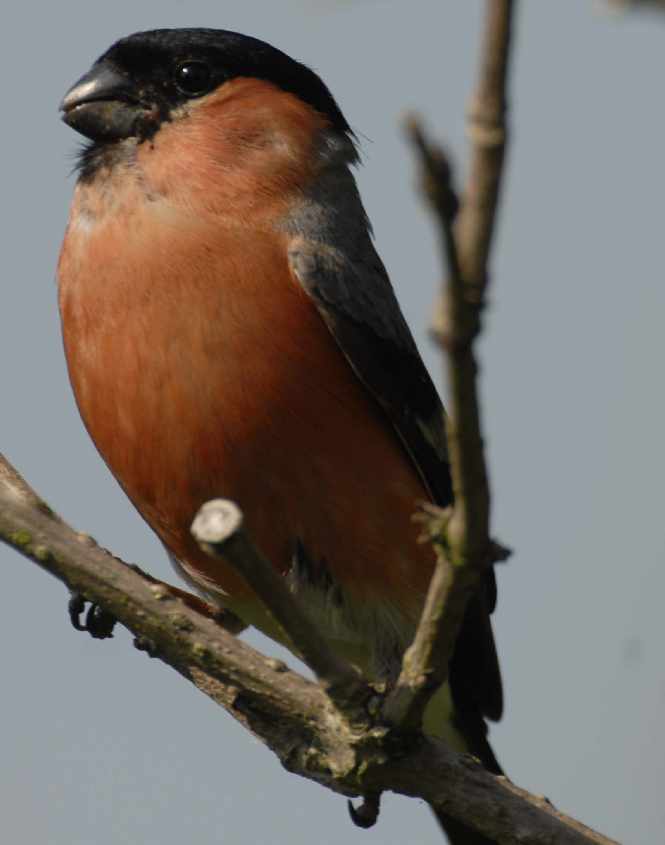
6. British Bullfinch Pyrrhula p. pileata male, 25052007, Oostvoorne, The Netherlands
![]()
7. Russian Bullfinch Pyrrhula p. musicus female 04032005 Oostvoorne, The Netherlands
![]()
8. Russian Bullfinch female Pyrrhula. p. musicus 24012006 Rotterdam. The Netherlands
![]()
9. Russian Bullfinch Pyrrhula p. musicus, female Rotterdam, The Netherlands
![]()
10. Russian Bullfinch Pyrrhula p.musicus female 24012006, Rotterdam. The Netherlands
![]()
11. Russian Bullfinch Pyrrhula p. musicus female 24012006 Rotterdam. The Netherlands
![]()
12. Russian Bullfinch male Pyrrhula p.musicus 24012006 Rotterdam, The Netherlands
![]()
13. Russian Bullfinch Pyrrhula. p. musicus male 24012006 Rotterdam, The Netherlands
![]()
14. Russian Bullfinch Pyrrhula p. musicus male 24012006 Rotterdam, The Netherlands
![]()
![]()